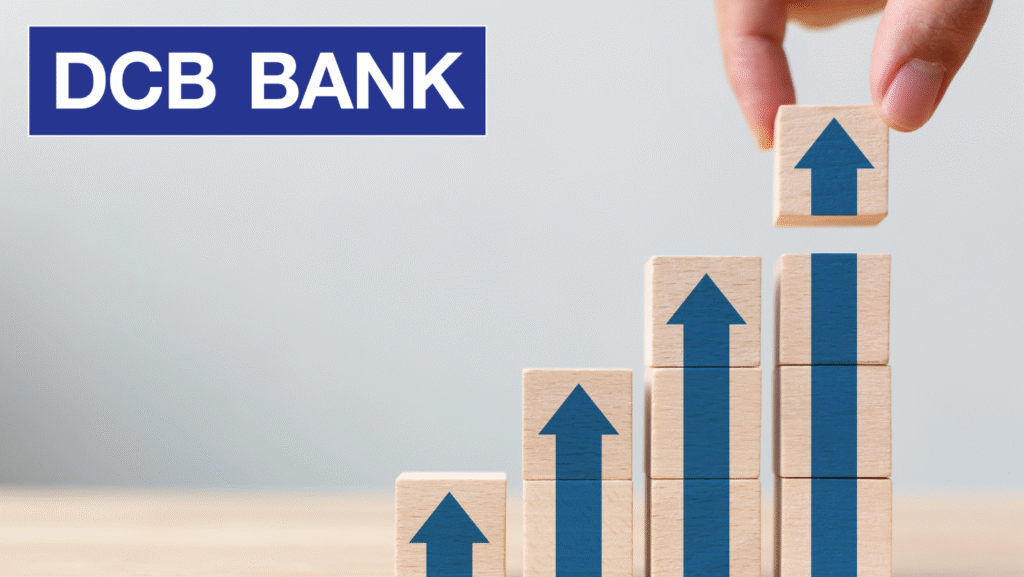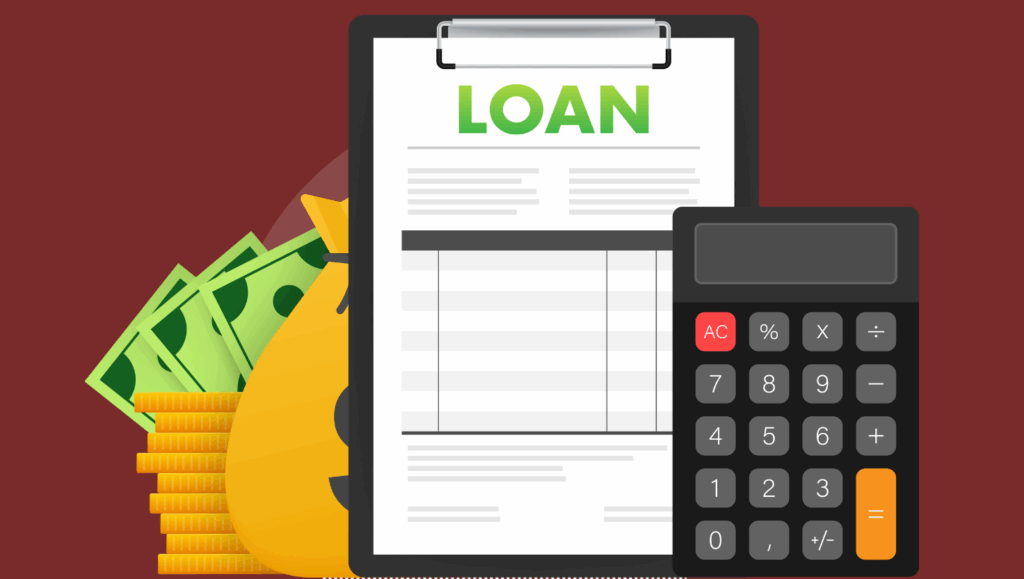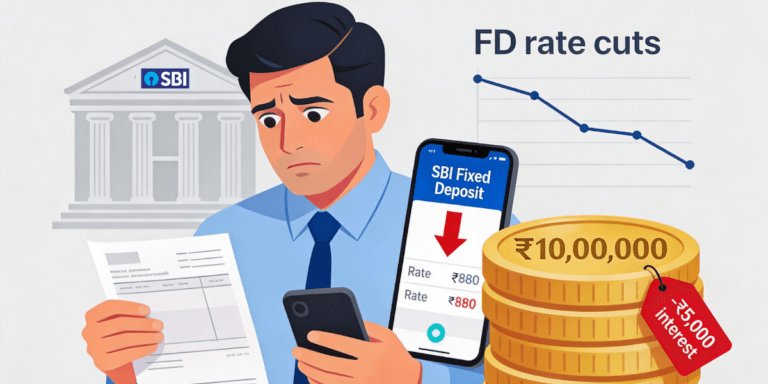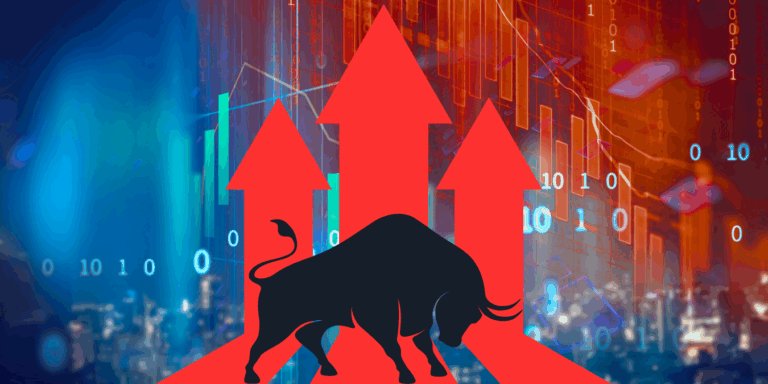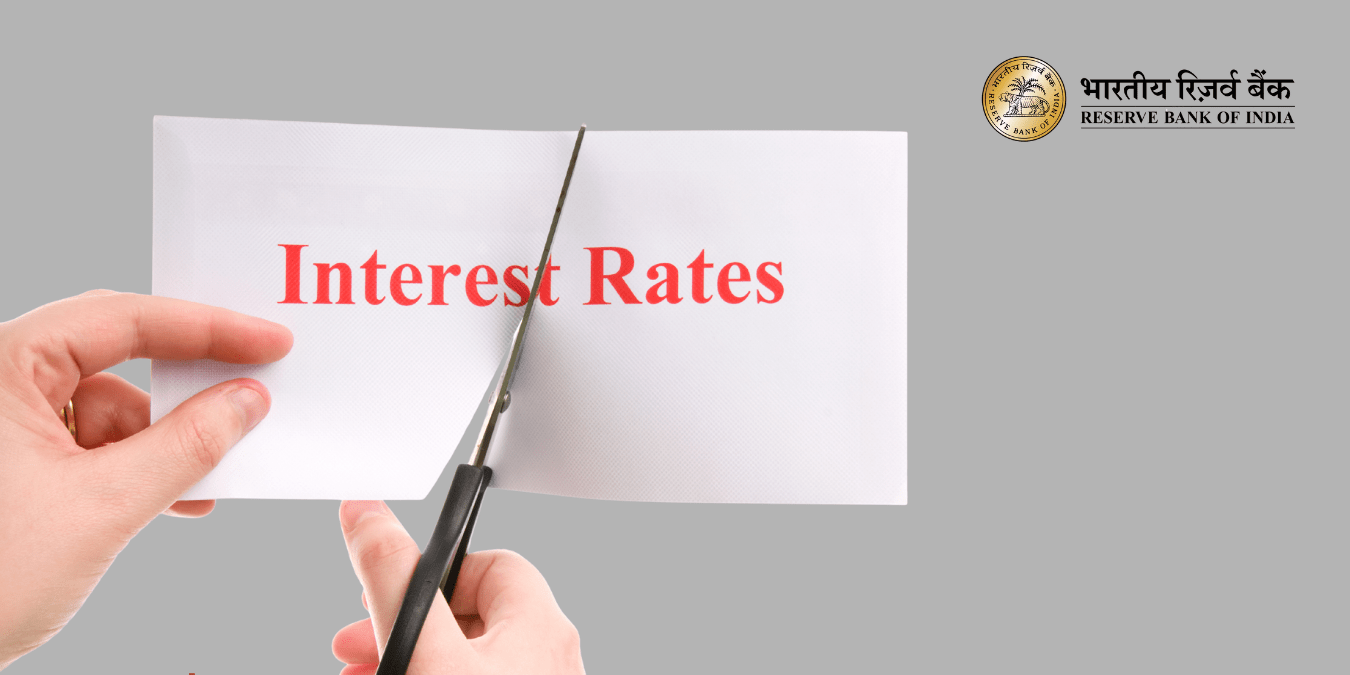
RBI May Go For 25 bps Rate Cut in October 2025: A Deep-Dive for Indian Borrowers & Investors
Will the RBI shock markets with a 25 bps rate cut in October 2025? As inflation plummets to 1.55%, India’s central bank faces a high-stakes decision. Could cheaper loans spark a home-buying frenzy? Will investors ride a stock market surge? Uncover how this move could slash EMIs, boost real estate, and reshape your finances. Dive into our exclusive 2025 deep-dive for Indian borrowers and investors—packed with fresh data, pro tips, and actionable steps to seize this moment.
India’s monetary policy stands at a critical juncture as the Reserve Bank of India (RBI) faces mounting calls—from State Bank of India (SBI) analysts to market experts—to consider a 25 basis points (bps) repo rate cut in its upcoming October 2025 policy review. At a time when retail price inflation (CPI) has cooled well below the central bank’s target, and amid global economic headwinds, expectations are high that a gentle rate adjustment could support both growth and sentiment. In this in-depth guide, discover the latest data, what happens if RBI acts now, and how it impacts everyday households, businesses, and investors.
Key Takeaways
- RBI’s Potential Move: A 25 bps repo rate cut is under consideration for October 2025, driven by low inflation and growth support needs.
- Impact on Borrowers: Lower EMIs for home, auto, and business loans, boosting affordability and consumption.
- Investor Opportunities: Rate-sensitive sectors like banking, real estate, and auto may see gains, while bond yields could soften.
- Economic Context: Inflation at 1.55% in July 2025, well below RBI’s 4% target, supports a dovish policy shift.
Why Is a 25 bps Rate Cut Back in the Spotlight for 2025?
The RBI’s monetary policy is under intense scrutiny as analysts, including those from the State Bank of India (SBI), advocate for a 25 bps repo rate cut to sustain India’s economic momentum. With retail inflation (CPI) dropping to a multi-year low of 1.55% in July 2025, the lowest since July 2019, the central bank has room to ease borrowing costs. This comes after a cumulative 100 bps rate cut since February 2025, bringing the repo rate to 5.50%. A further reduction could stimulate consumption, support businesses, and counter global headwinds like U.S. tariffs on Indian exports.
- Retail inflation (CPI) is tracking below the lower tolerance band of the RBI for the first time in years, greatly reducing downside price risks.
- State Bank of India believes this is the “best possible option,” considering the dual challenge of maintaining growth and anchoring expectations.
The Economic Context Driving the Debate
India’s economy is navigating a delicate balance. While domestic inflation has cooled significantly, global challenges, including a 26% U.S. tariff on Indian imports, threaten to shave 20-40 bps off GDP growth, potentially lowering it to 6.1% in FY26 from the RBI’s earlier 6.7% forecast. The SBI argues that a rate cut is the “best possible option” to avoid a Type II error—failing to act when inflation is benign and growth needs a boost.
Understanding India’s 2025 Monetary Policy Landscape
Inflation in 2025: A Sharp Decline
India’s inflation trajectory has shifted dramatically in 2025, creating a favorable environment for monetary easing:
- CPI Inflation: Dropped to 1.55% in July 2025, driven by negative food inflation (-1.76%) and stable core inflation at 3.1%.
- Three-Quarter Trend: Inflation has remained within RBI’s 2-6% target band for over nine months, with forecasts suggesting it could dip to 1.1% by October due to GST rationalization.
- Monsoon Support: A robust southwest monsoon and adequate foodgrain buffer stocks have kept food prices in check, reducing inflationary pressures.
| Month | CPI Inflation (%) | Food Inflation (%) | Core Inflation (%) |
| Apr 2025 | 3.16 | 1.78 | 4.2 |
| May 2025 | 2.82 | 0.99 | 4.1 |
| July 2025 | 1.55 | -1.76 | 3.1 |
| Aug 2025 | 2.07 | N/A | N/A |
RBI’s Recent Policy Moves
The RBI has already taken bold steps in 2025:
- Rate Cuts: A cumulative 100 bps reduction since February, with cuts of 25 bps in February and April, and a 50 bps “jumbo” cut in June, bringing the repo rate to 5.50%.
- CRR Reduction: A 100 bps cut in the Cash Reserve Ratio (CRR) to 3%, phased from September 2025, injecting ₹2.5 lakh crore into the banking system.
- Policy Stance: Shifted from accommodative to neutral in June, signaling caution amid global uncertainties.
Why Is October 2025 Critical?
The October 2025 MPC meeting, scheduled from September 29 to October 1, is pivotal due to:
- Low Inflation: CPI well below the 4% target, offering policy flexibility.
- Global Risks: U.S. tariffs and geopolitical tensions could dampen India’s export-driven growth, necessitating a counter-cyclical response.
- Festive Season: A rate cut could boost credit growth ahead of Diwali, historically linked to higher consumer spending.
Why Is the 25 bps Rate Cut Being Debated?
Arguments For a Rate Cut
- Benign Inflation: CPI at 1.55% in July and projected to stay below 4% through FY26 provides ample room for easing.
- Growth Stimulus: Lower rates would reduce borrowing costs, spurring demand in real estate, auto, and SME sectors.
- Global Pressures: U.S. tariffs and a slowing global economy could justify a proactive cut to cushion India’s GDP growth.
- SBI’s Rationale: A 25 bps cut avoids missing a policy window while inflation is low, supporting credit growth and consumption.
Arguments Against a Rate Cut
- Policy Caution: Economists like those at ICRA argue for a pause to assess the full impact of the 100 bps cuts and CRR reduction.
- Inflation Risks: Festive season demand and GST rationalization could push CPI higher by Q4 FY26, potentially above 4%.
- Global Uncertainty: Ongoing U.S. trade tariffs and geopolitical volatility warrant a wait-and-watch approach.
- Transmission Lag: The pass-through of earlier cuts is nearly complete for fresh loans but muted for existing ones, suggesting limited immediate impact from further cuts.
How a 25 bps Rate Cut Impacts Borrowers, Investors, and the Economy
Direct Impacts on Borrowers
A 25 bps repo rate cut typically lowers borrowing costs, with effects varying by loan type:
- Home Loans: EMIs could drop by ₹1,500-₹2,000 for a ₹50 lakh loan, depending on bank transmission. Refinancing to repo-linked loans (EBLR) could maximize savings.
- Auto and Personal Loans: Lower interest rates could reduce monthly payments, boosting demand for vehicles and consumer durables.
- SME and Corporate Loans: Cheaper working capital and term loans would support business expansion, particularly for MSMEs.
Indirect Impacts on the Economy
- Consumer Spending: Lower EMIs and loan rates could drive purchases, especially during the festive season, boosting retail and manufacturing.
- Real Estate: Reduced borrowing costs enhance affordability, potentially increasing property enquiries and sales in urban markets.
- Job Creation: Increased corporate borrowing and consumer demand could spur hiring in rate-sensitive sectors like construction and auto.
Impacts on Investors
- Equity Markets: Rate cuts often lift banking, NBFC, real estate, and auto stocks due to improved lending and demand.
- Bond Markets: Falling rates could lower government bond yields (10-year G-sec at 6.25% post-June cut), benefiting bond investors through capital appreciation.
- Fixed Deposits: Savers may face lower FD rates, prompting a shift to debt mutual funds or market-linked debentures for better returns.
| Impact Area | Borrowers | Investors |
| Home Loans | Cheaper EMIs | NBFC, banking stocks rise |
| Fixed Deposits | FD rates may fall | Reinvest at lower yields |
| Real Estate | Demand increases | Realty stocks benefit |
| Equities/Bonds | Indirect benefits | Bond prices may rise |
| SME, Auto Loans | Lower borrowing costs | Auto sector stocks lift |
How-to Steps: What Borrowers & Investors Should Do Now
For Borrowers
- Review Loan Rates: Check if your loan is repo-linked (EBLR) or tied to MCLR/Base Rate. EBLR loans reflect rate cuts faster, typically within three months.
- Consider Refinancing: If on MCLR or Base Rate, explore switching to EBLR for quicker savings, especially for home loans.
- Plan New Loans: Time large borrowings (e.g., home, auto) post-October if a cut is confirmed to lock in lower rates.
- Monitor Bank Communication: Ensure your lender passes on the rate cut by May 2025, as mandated by RBI’s reset policy.
For Investors
- Track RBI Announcements: Watch the October 1, 2025, MPC decision for forward guidance, as markets react to policy signals.
- Focus on Rate-Sensitive Sectors: Allocate to banking, NBFC, real estate, and auto stocks, which typically rally post-rate cuts.
- Rebalance Fixed Income: Shift to medium-term bonds or debt funds to capture capital gains from falling yields.
- Diversify Portfolios: Balance equity and debt to hedge against potential inflation spikes or global shocks.
For Savers
- Lock in FD Rates: Secure current FD rates before further cuts reduce returns, especially for tenures over three years.
- Explore Alternatives: Consider debt mutual funds or market-linked debentures for higher returns in a low-rate environment.
- Ladder Deposits: Spread FD investments across maturities to maintain flexibility and capture future rate changes.
Pro Tips for Navigating India’s 2025 Rate Cycle
- Monitor Global Cues: U.S. Fed rate cuts (25 bps in September, with 50 bps more expected) and geopolitical risks like oil prices influence RBI decisions.
- Watch Inflation Trends: CPI is projected to stay below 4% through FY26, potentially dipping to 1.1% with GST rationalization, supporting further easing.
- Stay Agile: Prepare for both a low-rate environment and potential inflation upticks in late FY26 due to festive demand or global shocks.
- Leverage Liquidity: The RBI’s CRR cut and ₹3.3 lakh crore system surplus enhance credit availability, benefiting borrowers and businesses.
Common Mistakes to Avoid
- Assuming Uniform Rate Reductions: Not all banks pass on the full 25 bps cut; transmission varies by loan type and lender.
- Overcommitting to FDs: Locking into long-term FDs before a cut could mean missing higher yields if rates rise later.
- Ignoring Non-Banking Assets: Rate cuts amplify returns in real estate and equities—don’t focus solely on loans or FDs.
- Neglecting Global Risks: U.S. tariffs and currency pressures could limit RBI’s easing scope, impacting long-term planning.
The Road Ahead: Will RBI Cut Rates in October 2025?
The October 2025 MPC decision is finely poised. While benign inflation (1.55% in July, projected at 2.6% for FY26) and a robust monsoon support a 25 bps cut, global uncertainties—U.S. tariffs, geopolitical tensions, and a potential CPI uptick to 4.4% by Q4 FY26—urge caution. A Reuters poll suggests a 70% chance of a cut, but ICRA and others predict a status quo to assess prior cuts’ impact. The RBI may issue a dovish statement, hinting at future easing if conditions remain favorable.
Final Thought & Call to Action
The message from 2025 is clear—India stands at an inflection point where prudent monetary policy, tuned to fresh data, can unlock gains for borrowers, businesses, and the wider economy. As the RBI’s October decision looms, borrowers should brace for possible EMI relief, while investors must position portfolios to catch the tailwind from a more accommodative stance. Bookmark this page, subscribe for RBI policy updates, and reassess loan or investment strategies within a week of the October 1st announcement to stay ahead in India’s fast-evolving financial landscape.
Disclaimer: The use of any third-party business logos in this content is for informational purposes only and does not imply endorsement or affiliation. All logos are the property of their respective owners, and their use complies with fair use guidelines. For official information, refer to the respective company’s website.


